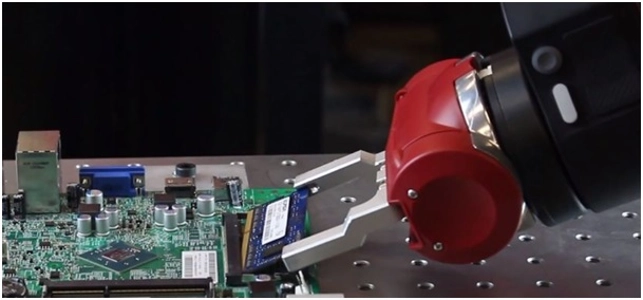
© RTRobotics (illustration purpose only)
Analysis |
Majority of US and UK workers positive over AI benefits
74 percent of US workers and 67 percent of UK workers see artificial intelligence (AI) as a technology that makes machines better assistants in the workplace.
In particular, the intelligent control over voice commands or touchpads will make it easier for people to assign the machine new tasks (75 percent). 64 percent of US workers believe that AI will not be able to replace human social skills. These are the findings of the automatica Trend Index 2018. In this context 1,000 employees each from the USA and the UK were surveyed in a representative survey of the population by a market research institute on behalf of automatica.
AI innovations for close human-machine collaboration must meet stringent safety requirements. That's why it takes more time to get to market than for AI software applications that can be tested and customised in a simulated live setup.
US workers have great confidence in state protection: 70 percent of US employees (74 percent of UK employees) are confident that AI will be strictly controlled by law. The use of machines that are enabled by AI to handle tasks independently will, according to 68 percent of US respondents (60 percent of UK respondents), enrich the workplace. However, just as many employees consider the term "artificial intelligence" to be misleading because a machine cannot learn intelligently or act autonomously like a human being.
On the question of how AI will affect the world of work, Dr. Wieland Holfelder from Google in the run-up to automatica 2018 in Munich: "In principle, there is nothing artificial about artificial intelligence. It's made by humans for humans - so we need to maintain that spirit."
“Developments in AI mean we can expect robots to perform increasingly effectively as human assistants,” says Junji Tsuda, President of the International Federation of Robotics. "Robots do not only understanding and answering questions as they do today, but also acting on voice commands and gestures, and even anticipating a worker’s next move in order to remove an obstacle from her path.”

